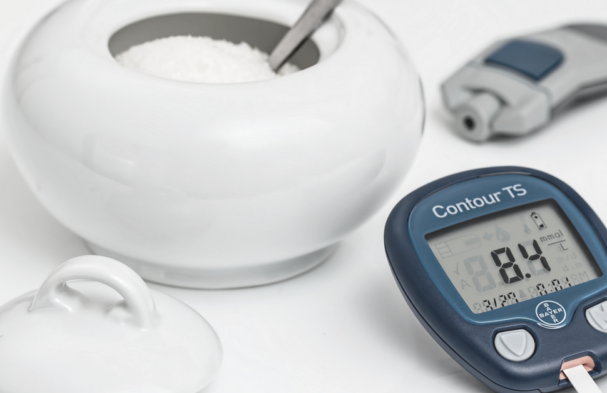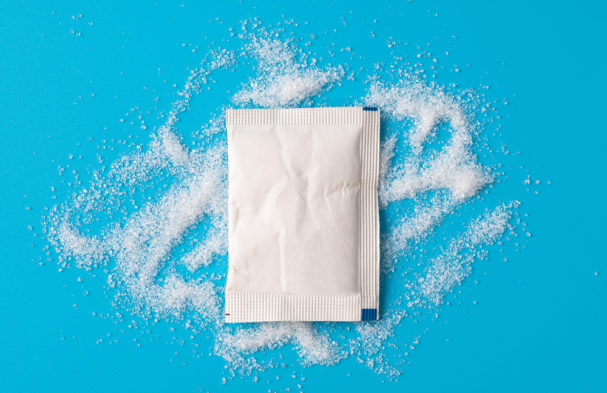
An integral part of healthy eating is avoiding getting to that point of feeling completely ravenous, where, consequently – you may end up eating anything and everything you can get your hands on. All too frequently, we focus our energy on calorie counting and restricting certain foods from our diet. In turn, we forget to focus on whether we are hungry or satisfied.
Your DayTwo Personalized Nutrition recommendations will help to achieve this. We can help you discover which foods you should restrict, as they are more likely to increase your sugar levels and therefore hunger. More importantly, you will find out which foods you should be including to increase satiety and stabilized blood glucose levels.
In addition to our personalized recommendations, these universal truths listed below will also help you avoid those hunger pangs and feel full for longer.
Chew your food!
Avoid inhaling your food. Try chewing everything properly and putting down your fork and knife in between bites to allow time to feel full before eating more. Studies have shown that food that needs to be chewed more compared to soft foods or fluids may promote weight loss.
Stick to whole, unprocessed food

Think of it like this – the less food processing your body needs to do, the quicker the food will be absorbed. If we leave all the work to machines, by the time the food reaches our mouths there won’t be too much left to process. Eat plenty of fresh foods and avoid highly processed snacks.
Focus on fiber
Fiber is one of those nutrients that is good for everything, including digestive health, controlling sugar levels and lowering cholesterol. Dietary fiber fills us up for longer as it adds bulk to our food and means that our glucose blood levels rise slowly and evenly, avoiding that sharp peak in sugar levels. Think oats, wholegrain breads and cereals, fruit and veggies and legumes. Try and include a high fiber food at all your meals.
Don’t skip meals
Sometimes it might make no sense to eat breakfast or lunch if we’re not feeling particularly hungry. The problem arises when we finally do feel hungry – it is likely to take a lot longer to feel full. Eating every 3 or 4 hours will prevent extreme hunger pangs.
Eat balanced meals
It may sound obvious, but easy to forget. Make sure your meals contain a mix of proteins, carbohydrates, vegetables and fats. This will prevent cravings later on and provide you with a feeling of satiation after eating. Examples of this include a wholegrain sandwich with tuna, salad and avocado or a chicken stir fry with brown rice and vegetables.
Hone in on hydration

Thirst can often be confused with hunger. Even when we don’t feel thirsty, it is extremely important to drink water. Water helps deliver all the nutrients around our body to give us energy. If you feel fatigued and suffer from headaches it may be due to dehydration. Aim for 2 liters of water daily (this doesn’t include the water in your coffee)!
Only eat when eating
Focus on your food while eating. Sometimes if we eat while doing other activities such as work, watching TV, talking on the phone, we forget that we are actually eating and this may prevent a feeling of fullness. Try taking out 10-20 minutes to appreciate the flavors and textures of the food.


